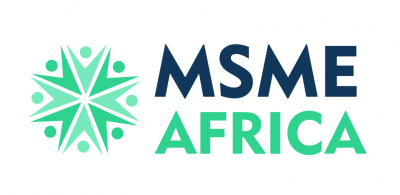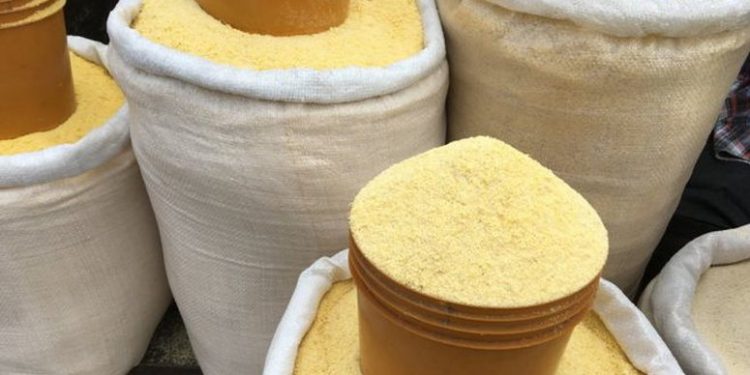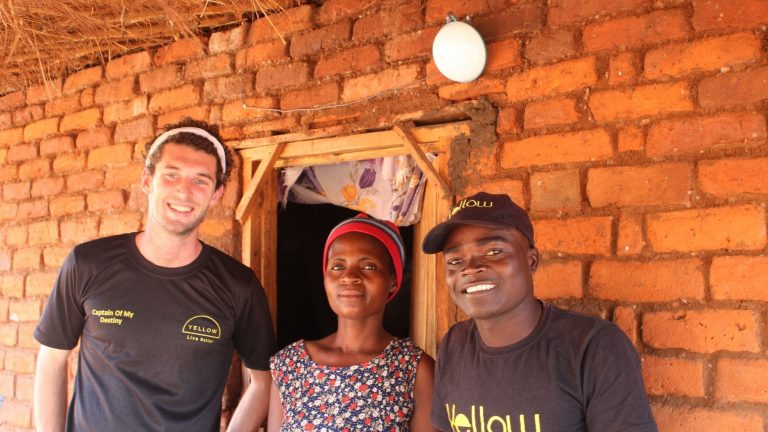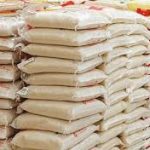Oversupply of cassava has triggered a sharp decline in garri prices across Nigeria, with farmers and traders grappling to adjust to the market downturn. In Lagos, the price of a small bucket, popularly called a ‘paint,’ has fallen from an average of N3,500 in 2024 to N1,700 in 2025, representing a 51 percent drop, according to BusinessDay’s market analysis.
A 60kg bag of yellow garri currently sells for about N20,000, down from N42,000 during the same period last year, while white garri averages N18,000. The price decline is even more pronounced in Abuja, the nation’s capital, where a ‘modu’, a standard measurement in northern Nigeria, now costs N500, compared to N900 in the same period last year.
Market observers attribute the steep fall in prices to a combination of bumper cassava harvests, low storage capacity, and reduced demand in local and regional markets. Analysts warn that if the oversupply persists, many small-scale farmers may face significant losses, given the high costs of production and limited access to value addition facilities.
Some traders have also reported difficulties in moving large volumes of garri, noting that buyers are now bargaining for lower prices, further squeezing profit margins. “The situation is challenging. Most farmers are selling at a loss just to clear their stock before it deteriorates,” said a trader at Mile 12 market in Lagos.
Experts suggest that the government and private sector could intervene by promoting cassava processing into higher-value products such as starch, ethanol, and animal feed, as well as improving storage infrastructure to reduce post-harvest losses. They also recommend boosting local and export markets for cassava products to absorb the excess supply and stabilize prices.
The current price slump underscores the volatility in Nigeria’s agricultural markets and the urgent need for strategic planning to protect farmers’ incomes and ensure sustainability in the cassava value chain.










